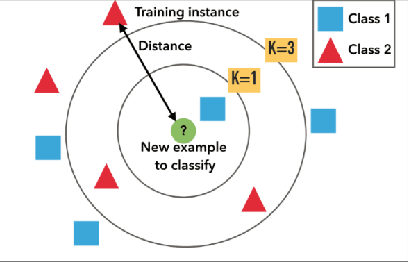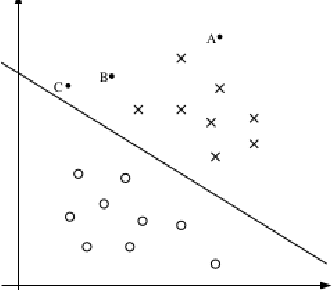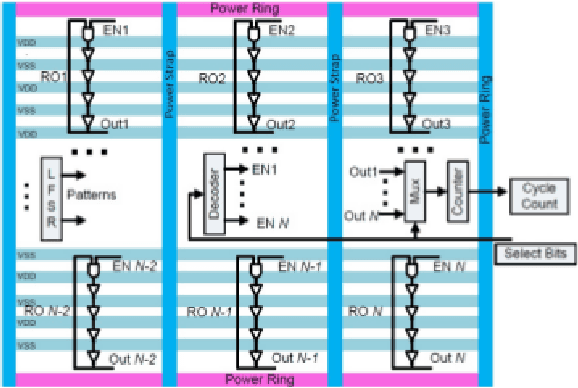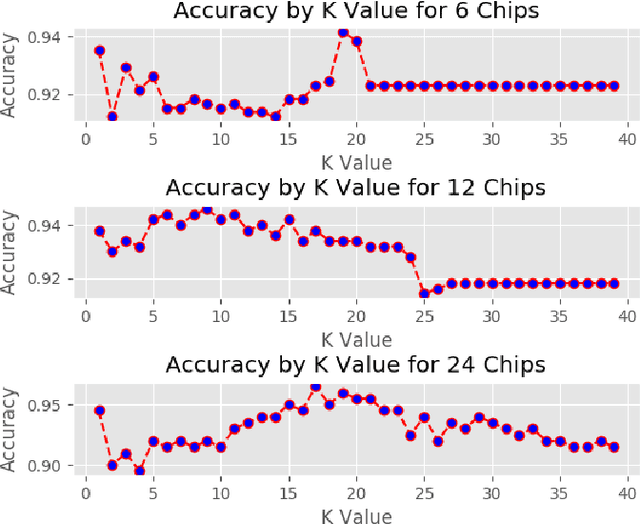Md Tauhidur Rahman
Impedance vs. Power Side-channel Vulnerabilities: A Comparative Study
May 10, 2024Abstract:In recent times, impedance side-channel analysis has emerged as a potent strategy for adversaries seeking to extract sensitive information from computing systems. It leverages variations in the intrinsic impedance of a chip's internal structure across different logic states. In this study, we conduct a comparative analysis between the newly explored impedance side channel and the well-established power side channel. Through experimental evaluation, we investigate the efficacy of these two side channels in extracting the cryptographic key from the Advanced Encryption Standard (AES) and analyze their performance. Our results indicate that impedance analysis demonstrates a higher potential for cryptographic key extraction compared to power side-channel analysis. Moreover, we identify scenarios where power side-channel analysis does not yield satisfactory results, whereas impedance analysis proves to be more robust and effective. This work not only underscores the significance of impedance side-channel analysis in enhancing cryptographic security but also emphasizes the necessity for a deeper understanding of its mechanisms and implications.
Impedance Leakage Vulnerability and its Utilization in Reverse-engineering Embedded Software
Oct 04, 2023Abstract:Discovering new vulnerabilities and implementing security and privacy measures are important to protect systems and data against physical attacks. One such vulnerability is impedance, an inherent property of a device that can be exploited to leak information through an unintended side channel, thereby posing significant security and privacy risks. Unlike traditional vulnerabilities, impedance is often overlooked or narrowly explored, as it is typically treated as a fixed value at a specific frequency in research and design endeavors. Moreover, impedance has never been explored as a source of information leakage. This paper demonstrates that the impedance of an embedded device is not constant and directly relates to the programs executed on the device. We define this phenomenon as impedance leakage and use this as a side channel to extract software instructions from protected memory. Our experiment on the ATmega328P microcontroller and the Artix 7 FPGA indicates that the impedance side channel can detect software instructions with 96.1% and 92.6% accuracy, respectively. Furthermore, we explore the dual nature of the impedance side channel, highlighting the potential for beneficial purposes and the associated risk of intellectual property theft. Finally, potential countermeasures that specifically address impedance leakage are discussed.
Utilization of Impedance Disparity Incurred from Switching Activities to Monitor and Characterize Firmware Activities
Jan 17, 2023Abstract:The massive trend toward embedded systems introduces new security threats to prevent. Malicious firmware makes it easier to launch cyberattacks against embedded systems. Systems infected with malicious firmware maintain the appearance of normal firmware operation but execute undesirable activities, which is usually a security risk. Traditionally, cybercriminals use malicious firmware to develop possible back-doors for future attacks. Due to the restricted resources of embedded systems, it is difficult to thwart these attacks using the majority of contemporary standard security protocols. In addition, monitoring the firmware operations using existing side channels from outside the processing unit, such as electromagnetic radiation, necessitates a complicated hardware configuration and in-depth technical understanding. In this paper, we propose a physical side channel that is formed by detecting the overall impedance changes induced by the firmware actions of a central processing unit. To demonstrate how this side channel can be exploited for detecting firmware activities, we experimentally validate it using impedance measurements to distinguish between distinct firmware operations with an accuracy of greater than 90%. These findings are the product of classifiers that are trained via machine learning. The implementation of our proposed methodology also leaves room for the use of hardware authentication.
Attacking Deep Learning AI Hardware with Universal Adversarial Perturbation
Nov 18, 2021



Abstract:Universal Adversarial Perturbations are image-agnostic and model-independent noise that when added with any image can mislead the trained Deep Convolutional Neural Networks into the wrong prediction. Since these Universal Adversarial Perturbations can seriously jeopardize the security and integrity of practical Deep Learning applications, existing techniques use additional neural networks to detect the existence of these noises at the input image source. In this paper, we demonstrate an attack strategy that when activated by rogue means (e.g., malware, trojan) can bypass these existing countermeasures by augmenting the adversarial noise at the AI hardware accelerator stage. We demonstrate the accelerator-level universal adversarial noise attack on several deep Learning models using co-simulation of the software kernel of Conv2D function and the Verilog RTL model of the hardware under the FuseSoC environment.
Supervised Machine Learning Techniques for Trojan Detection with Ring Oscillator Network
Mar 12, 2019



Abstract:With the globalization of the semiconductor manufacturing process, electronic devices are powerless against malicious modification of hardware in the supply chain. The ever-increasing threat of hardware Trojan attacks against integrated circuits has spurred a need for accurate and efficient detection methods. Ring oscillator network (RON) is used to detect the Trojan by capturing the difference in power consumption; the power consumption of a Trojan-free circuit is different from the Trojan-inserted circuit. However, the process variation and measurement noise are the major obstacles to detect hardware Trojan with high accuracy. In this paper, we quantitatively compare four supervised machine learning algorithms and classifier optimization strategies for maximizing accuracy and minimizing the false positive rate (FPR). These supervised learning techniques show an improved false positive rate compared to principal component analysis (PCA) and convex hull classification by nearly 40% while maintaining > 90\% binary classification accuracy.
 Add to Chrome
Add to Chrome Add to Firefox
Add to Firefox Add to Edge
Add to Edge